Rare Rides Icons: The Cadillac Eldorado, Distinctly Luxurious (Part III)

We discussed the engineering underneath 1953’s trio of high-end halo convertibles from Buick, Oldsmobile, and Cadillac last week. All three used different wheelbase lengths of the same C-body full-size, rear-drive platform. And though they all wore unique, brand-relevant styling, it was the Eldorado that had the tallest order and needed to make the best impression. The ‘53 Eldorado had a wheelbase and overall length identical to the Series 62 upon which it was based, so its designers didn’t simply add some inches and call it a new design.
(Note: The blue car is the 1953 Eldorado, and the red one is a 1953 Series 62 convertible.)
From a front-end view customers were hard-pressed to tell the difference between the middling Series 62 and the Series 62 Eldorado. Both cars sported the same front clip: A design that featured two large headlamps (like almost all passenger cars of the time) and a big chrome grille and bumper. Everything below the hood shut line on the front clip of both cars was solid chrome.
The grille was a large egg crate design with two distinct rows of cutouts separated by a thick horizontal chrome bar, with more thick chrome above that followed the hood shut line. There was even more chrome below the grille that formed the bumper. Set within the grille were two pointy examples of a very American design theme of the Fifties, Dagmars.
Aside from either of the Dagmars were large indicator lamps, set into a chrome housing with horizontal strakes that wrapped around the front end to the wheel well. The Dagmars themselves were mounted to the bumper via thick chrome bases. The bumper was generally rounded, and wrapped around the front corners to form the lower edge of the wheel well.
The front of both Cadillac models came to a point in the middle, which flowed backward toward the driver before bulging out again to form a resting place for the ample Dagmars. In the middle of the grille was the Cadillac crest and supporting V ornament, both of which were finished in gold plating for all 1953 Cadillacs.
Headlamps were set at the end of rounded fenders, and wore their own chrome awnings. Moving inward the hood rose sharply into a prominent bulge, and was topped with Cadillac’s hood ornament, the Flying Goddess. From there, a chrome strip extended the full length of the hood and concluded at the windshield, which was also encased in chrome on both cars.
It was at the windshield that differences between Series 62 and Eldorado first became apparent. While the Series 62 had the typical upright windshield with a thick band of chrome around it, the Eldorado used a thin band of chrome to decorate its unique and important wraparound design. The windshield necessarily made the vent window a different shape, which was smaller and more rectangular than that of the standard Series 62.
Though the metal of the Series 62 and Eldorado below the beltline was the same, the beltline in particular was edited for Eldorado’s use. The side window and beltline of the Series 62 were almost completely horizontal, but Eldorado was much more stylish in its approach. The window line was pulled downward as it ran from the glassy A-pillar and toward the door shut line. GM called it a “dropped-door design.”
Just aft of the door, the tension of the window line was released, and the sheetmetal kicked back upward. Its curve mirrored the curve of the sweeping rear fender shared by both Series 62 and Eldorado, which extended all the way to the rear and terminated in a tailfin. Because of the windshield and window line treatments, the Eldorado looked sportier and more aggressive than the Series 62.
Aiding in the overall effect was the integrated metal tonneau cover, which looked much sleeker since it had no separate fabric snap-on cover. Such a feature was very unusual in a convertible at the time, and unheard of in an American car. Because everything had to fold up under a smaller metal cover, the Eldorado’s plastic rear window was much smaller than on the Series 62.
Other than the tonneau arrangement, the Series 62 and Eldorado shared a rear end design. A long, bulbous trunk lid concluded above a chromed rear clip. Both cars had the same tail lamps that looked molded into their tailfins, and both featured rear Dagmars just as bold as the ones at the front. Both cars indicated their luxury status to onlookers via integrated exhaust outlets into the corners of the pointed bumper.
Cadillac’s designers created a much more exciting exterior for the Eldorado while editing as few body panels as possible. Cadillac’s advertisements also claimed unique styling for the Eldorado via its lowered height, between three and four inches lower than a standard Series 62 convertible. The new silhouette was certainly sportier looking at a time when passenger cars were generally tall and upright.
The claim of unique styling helped justify the Eldorado as something special for its extremely high price. And its interior helped with that cause, too. GM touted the specially designed instrument panel used only on the Eldorado, but let’s not get carried away.
What was actually different about the Eldorado’s interior was limited to trim materials and a couple of other design changes mandated by the special windshield. Next time we’ll discuss the Eldorado’s interior, and cover the very few options available to the Eldorado buyer of 1953. We’ll also go over pricing for all three specialty convertibles, as well as sales figures.
ecome a TTAC insider. Get the latest news, features, TTAC takes, and everything else that gets to the truth about cars first by subscribing to our newsletter.

Interested in lots of cars and their various historical contexts. Started writing articles for TTAC in late 2016, when my first posts were QOTDs. From there I started a few new series like Rare Rides, Buy/Drive/Burn, Abandoned History, and most recently Rare Rides Icons. Operating from a home base in Cincinnati, Ohio, a relative auto journalist dead zone. Many of my articles are prompted by something I'll see on social media that sparks my interest and causes me to research. Finding articles and information from the early days of the internet and beyond that covers the little details lost to time: trim packages, color and wheel choices, interior fabrics. Beyond those, I'm fascinated by automotive industry experiments, both failures and successes. Lately I've taken an interest in AI, and generating "what if" type images for car models long dead. Reincarnating a modern Toyota Paseo, Lincoln Mark IX, or Isuzu Trooper through a text prompt is fun. Fun to post them on Twitter too, and watch people overreact. To that end, the social media I use most is Twitter, @CoreyLewis86. I also contribute pieces for Forbes Wheels and Forbes Home.
More by Corey Lewis
Latest Car Reviews
Read moreLatest Product Reviews
Read moreRecent Comments
- MaintenanceCosts "And with ANY car, always budget for maintenance."The question is whether you have to budget a thousand bucks (or euro) a year, or a quarter of your income.
- FreedMike The NASCAR race was a dandy. That finish…
- EBFlex It’s ironic that the typical low IQ big government simps are all over this yet we’re completely silent when oil companies took massive losses during Covid. Funny how that’s fine but profits aren’t. These people have no idea how business works.
- Ajla Goldman Sachs 🥂
- Rna65689660 DVR and watch all that are aired. Has been this way for 40 years.






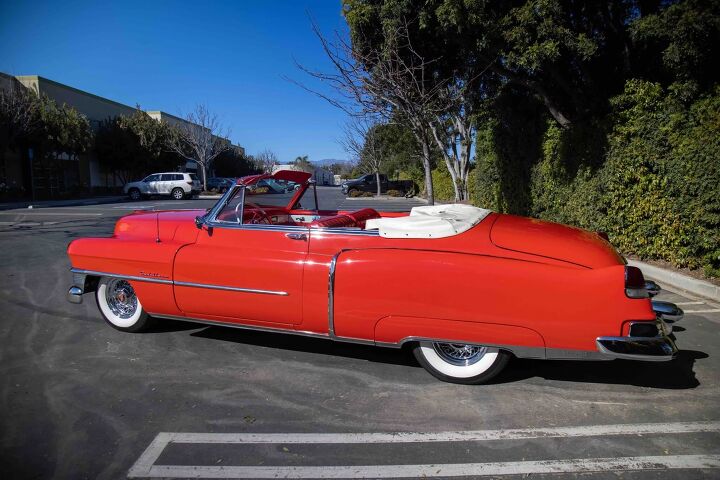

















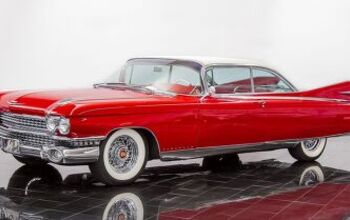
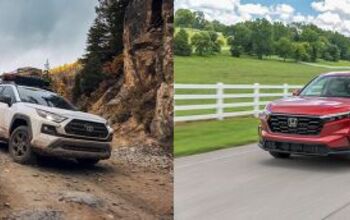


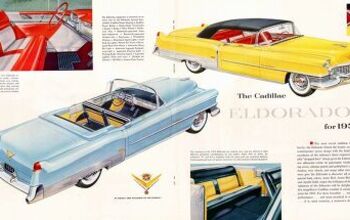





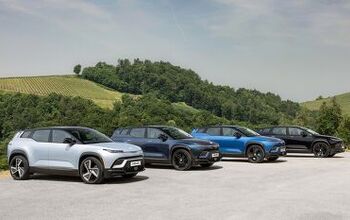
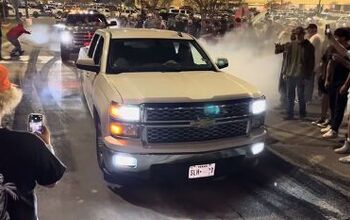






Comments
Join the conversation
Well - to me the 62 is the more dynamic of the two - straightforward within a gaudy 50s language - if that is possible. (Calling studebaker, please come to the front desk, need to breath.)
Corey, thanks again for this series.